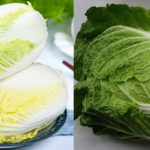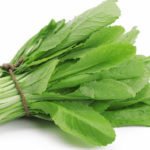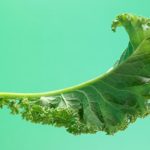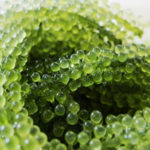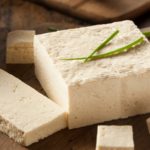Dried seaweed
Dried seaweed is a calcium-rich food. 100 grams of dried seaweed can provide 264mg of calcium. In addition, this food also provides high-quality protein and taurine, which play an important role in brain development and the nervous system.
The most common way to prepare dried seaweed is to make soup or you can also use dried seaweed to make salad.
Soybeans
Soybeans contain a lot of protein, amino acids, and calcium. 100 grams of soybeans contain 197 grams of calcium, which helps prevent osteoporosis, reverse aging, and reduce the risk of dangerous diseases.
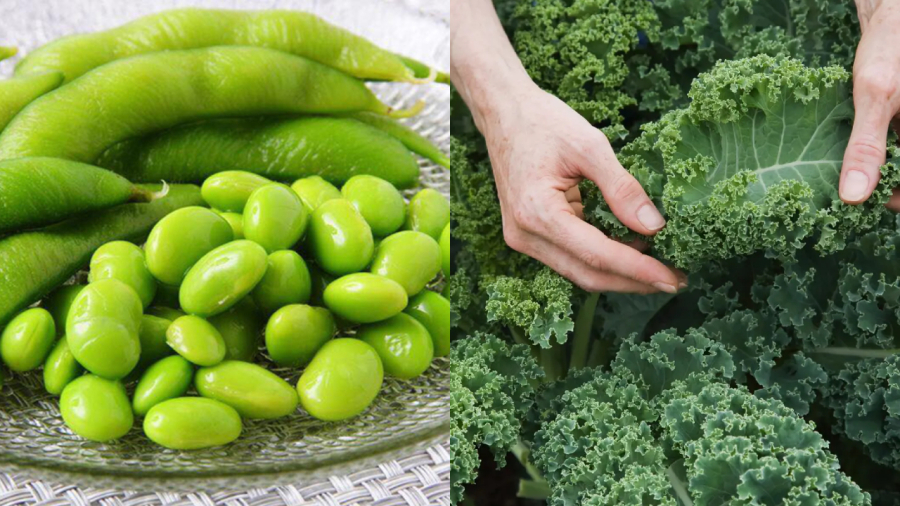
Kale
Kale is a highly nutritious cruciferous vegetable. This vegetable contains many antioxidants that prevent and delay cell damage.
Kale has low calorie content, with only about 35 calories per 100 grams. Especially, this vegetable has a high calcium content. Just 2 cups of chopped kale can provide 180mg of calcium for the body.
Cabbage
Cabbage is a familiar and affordable vegetable that you can buy at any market or supermarket. This vegetable has a high calcium content comparable to milk. 100 grams of cabbage can provide 97mg of calcium. It also contains a lot of fiber, which is good for digestion and helps relieve constipation. Cabbage also has a nourishing effect and protects the stomach.
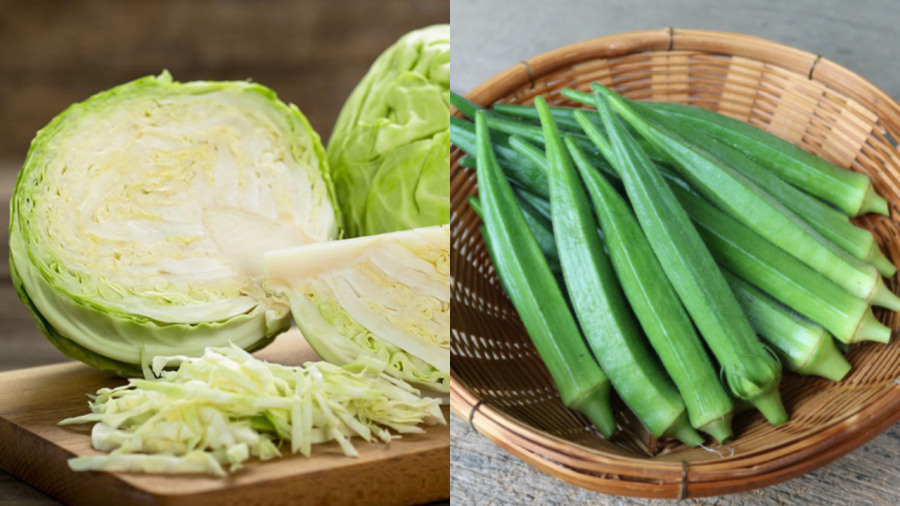
Lima beans
Lima beans are a nourishing vegetable for the stomach. They provide a lot of protein, vitamins, and trace elements. In addition, lima beans have a high calcium content. 100 grams of lima beans can provide 81mg of calcium.
Broccoli
Broccoli is a vegetable that provides a large amount of calcium. Every 150 grams of broccoli can contain up to 100mg of calcium. Broccoli is also a rich source of vitamin C, which helps prevent oxidation and strengthen the immune system. Broccoli also contains protein and fiber that keeps you full for longer.
Watercress
Watercress, also known as watercress celery, is a leafy vegetable with a high carotenoid content that helps prevent strong oxidation and support the suppression of malignant tumor cells. In addition, this vegetable contains iron, vitamins, calcium, and abundant fiber. 100 grams of watercress can contain up to 66mg of calcium.
Note that watercress contains oxalate compounds, which can form deposits when combined with calcium. Therefore, you should not eat too much watercress to avoid the formation of kidney stones. It is recommended to eat this vegetable about 3-4 times a week.

























